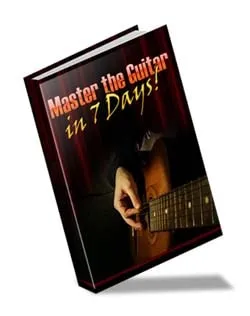The Blue Hill Waltz is a simple, but lovely tune I came up with late one night while staying in an “off-the-grid” house in Blue Hill, Maine, surrounded by tall pines and ash trees. The rustle of the wind was echoing a tune in my head, so I just played it on my guitar and recorded it before it disappeared from my memory forever.
The tune follows a rather predicable A part and a rather repetitious B part; but don’t let the simplicity fool you. Consider for a moment just how simple some tunes are and how they have endured for years, even centuries. In fact, I sometimes think that a tune has to be simple if your average person is going to be able to sing or play it.
My daughter suggests that it be played slowly in order to get the full effect of the emotion; I agree. There is also plenty of room for embellishments and added notes to fill the spaces, just be careful to keep it simple.
Tips for playing the Blue Hill Waltz
Assuming that you have some basic guitar skills, here are some tips for playing the Blue Hill Waltz.
A Part
So, to play the first three melody notes, B, C & D. use your first finger to play C and your pinky to play the D. This way you can also strum the chord and get a nice full sound. This is not really possible if you play the G chord with your ring finger instead of your pinky.
If playing a G chord with your pinky is just not in your style, ignore the above tip, but you won’t be able to get an accompanying G chord in the back ground.
Next, the A note should be played as part of a C chord, making it a C6. Hammer on from the open G string to the A note. This takes some practice because your hand is so used to just playing a regular C chord. It sound even better if you hammer onto both the A note and the following E note in the C chord.
Next, the open D to E is a hammer on, as is the open G to A. The rest of the notes can be picked normally. That’s it for the A part! Try to use the chord you are playing in to find the notes and use the chord itself to fill in the sound. You can also substitute a chord for a note and get a nice full sound.
B Part
The first two notes, A & G are a pickoff from A to G. The E to D is also a pickoff. Try using these pickoffs or hammer-ons throughout the B part and you will discover that it adds to a smoother flow (legato) and less choppy sound.
At times you can substitute a full or partial chord for a note, which has a nice effect. The main thing is to try and play it smoothly and rather slowly. A nice touch is to play the B part pensively, as if you were pondering something with a little melancholy, but in the end it is resolved.



 Sign up to receive a free ebook: Master The Guitar in 7 days! (available for a limited period)
Sign up to receive a free ebook: Master The Guitar in 7 days! (available for a limited period)